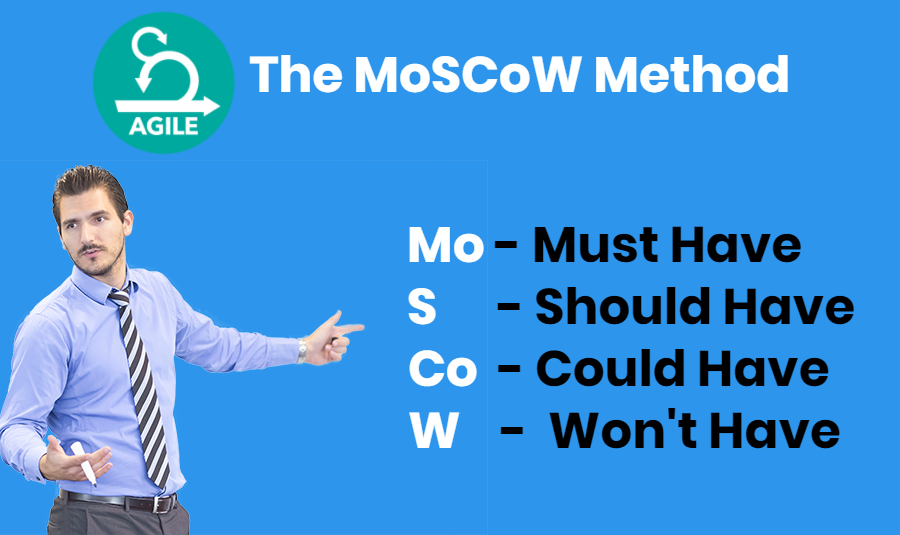Featured Program Courses for PROFESSIONALS!
To understand and work with Agile Project Management, it is necessary for the delegates to have a good understanding of the agile development process. The Agile Developmental Model differs from the traditional developmental models in various aspects:
The scope of Agile Project Management:
When an Agile Project is being considered then management of the project is not the duty of the Project Manager only rather the whole team itself. Regarding the processes and procedures that are to be followed, it is not the established procedures that are followed but those that would benefit the organisation. Because of this, there are fewer chances of management delays and more chances of progress.
An Agile Project Manager should also be able to show skills that help motivate other members of the team. This is useful as the team spirit is retained and discipline is also followed by the team members. Instead of being ‘boss’ of the team, an Agile project manager is responsible for facilitating and coordinating the activities and resources that are required by the team to bring up quality products rapidly.
Agile Project Manager Responsibilities:
The following are the responsibilities of an Agile Project Manager which may tend to change slightly from one to another project:
Understanding MoSCoW:
In all organisations, every project has its own requirements. These requirements are equally important for the success of the project. They can be categorised, however, into Must have, Should have, Could have and Won’t have. The first three categories will be the one that will be paid most attention by the project developers. In case the delivery timescale is threatened by the requirements, it is the Should have and Could have requirements that are first removed from the list.
This prioritization helps in letting the clients understand their impact rather than just putting them to High, Medium, or low.

Must Have – These are the ones without which the project might be a failure.
Should Have - Those requirements which are termed as Should have are important but are not necessary as of now regarding the delivery of the project in the specified time-frame.
Could Have – These are the requirements which could improve the customer satisfaction at a little cost of development but are not considered necessary. Such requirements are included in case there is time available in the timebox.
Won't Have - These are requirements without which a project can be developed and are considered to be the least critical. Such type of requirements may be dropped or put on the waiting list for another upcoming project.
Trending Topics
Enquire a Program
Fill in the form below & we'd get back to you.